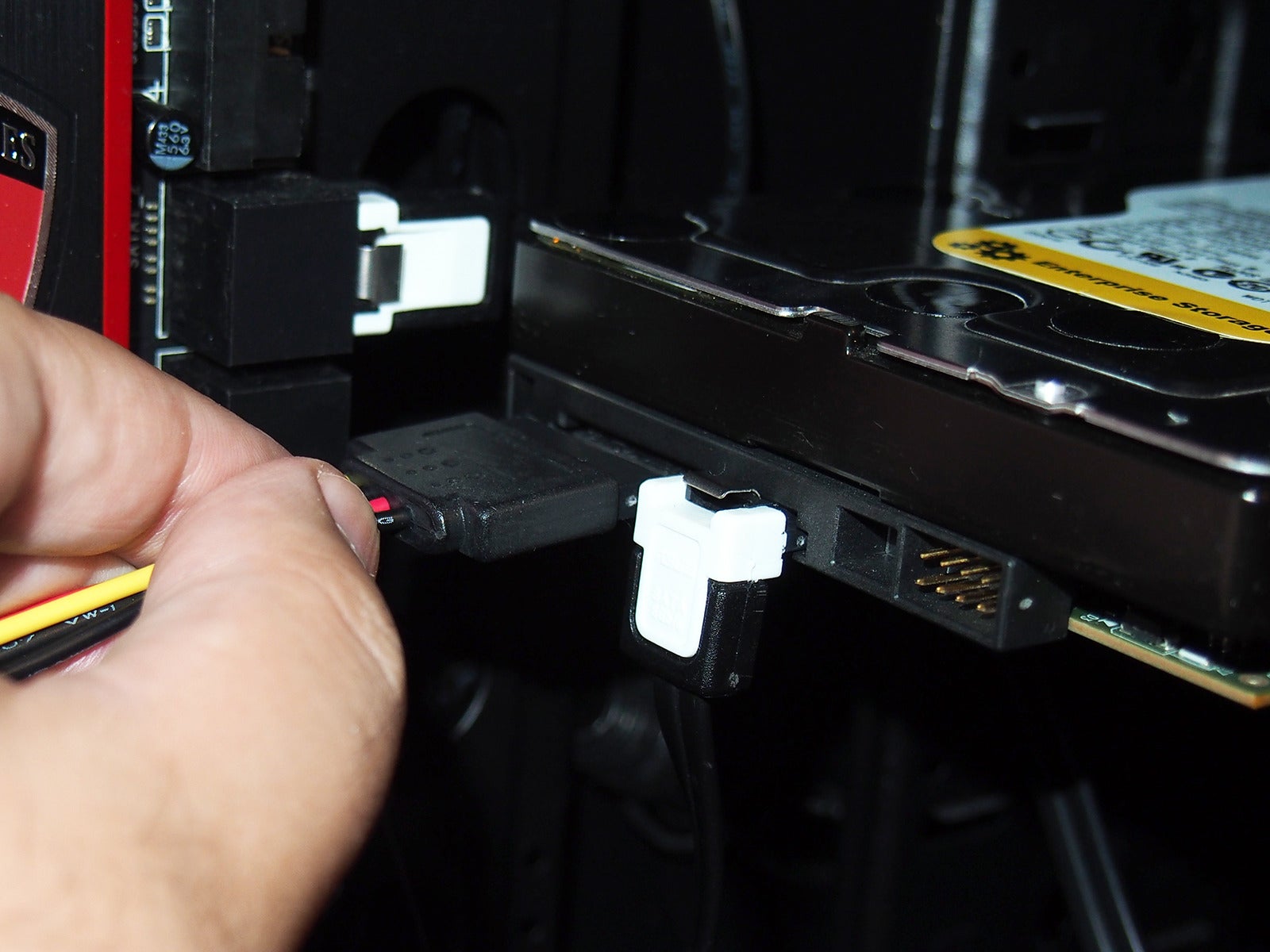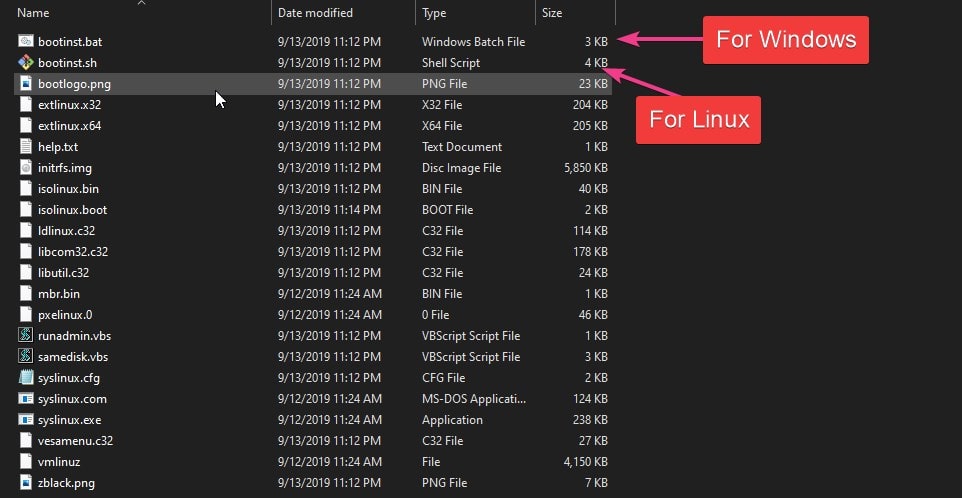

- #INSTALL SLAX ON HDD INSTALL#
- #INSTALL SLAX ON HDD PC#
- #INSTALL SLAX ON HDD DOWNLOAD#
- #INSTALL SLAX ON HDD FREE#
No matter what I try, it will never boot up. I have a 4.3 GB hard drive installed, and a CD rom, on a P3 pc, with 2 network cards in it.
#INSTALL SLAX ON HDD PC#
What kind of pc did you use for this install? Has anybody ever tested the flash image on a pc? You cannot type any command or do anything, it just sits there loking at you.
#INSTALL SLAX ON HDD FREE#
If you do not want to restore your previous database then you should backup the database that shows on the ZeroShell server and then restore it to the left over free space of the hard drive and then activate it.įor some reason it is not picking up the boot sector as it should. You can delete the other database to free up space on the zeroshell partition and then again it would avoid confusion too. Now simply activate the newly restored database and you are set. Select the left over part of the hard drive and restore the database to it. This is where you can use your previous backup to restore your settings to the new box. In setup goto storage and you should see a portion of your hard drive being used for ZeroShell. Login to your new ZeroShell box from another pc. The system will immediately boot to ZeroShell. Now reboot and make sure to eject your Live cd. Once it is complete the control will return to prompt. This process is not going to display any status. Now all we need to do is burn this image to our hard drive.ĭd /dev/hda Where “x” is the distro version & /dev/hda is path to your hard drive This will unzip the file “ZeroShell-1.0.x-CompactFlash512.img” Gunzip ZeroShell-1.0. Where “x” is the distro version Start “Terminal” (command line prompt for Linux). You will need to continue with these steps: Goto System –> Administration –> GNOME Partition Editor For most users with a single hard drive in box it would be “/dev/hda”. I recommend Gparted because it is much more graphical and then again it gives you the actual drive path of your hard drive.

Make sure you delete all partitions on that drive. Gparted or your favorite partition manager to completely format your hard drive. To ensure that you can check your desktop and you should find a new drive icon.Ĭopy over ZeroShell-1.0. from the Flash Drive to the Desktop. Make sure that it is recognized and mounted properly. Once you get to the desktop simply plug in your USB Flash Drive. īurn the image to a disk and boot your Zeroshell Server with it.
#INSTALL SLAX ON HDD DOWNLOAD#
You will also need to download a Live Linux distro. Goto and download the latest ZeroShell-1.0. file. This database backup can later be restored to the hard drive of your new zeroshell box.įirst you need to download the compact flash image of zeroshell. Kernel /boot/slax.lx ramdisk_size=6666 root=/dev/ram0 rw autoexec=telinit~4 changes=/slax/Īnd the algorithm that runs in /etc/rc.d/rc.local:Ĭp /etc/X11/nf /etc/X11/xorg.If you already have an existing Zeroshell server that is running over a live cd then I would recommend you should backup your database.
#INSTALL SLAX ON HDD INSTALL#
Finally, I tailored the scripts to ensure the automatic configuration still ran on the SDHC-based install when I’d booted my netbook:Īpplicable (now the default) GrUB stanza: I added a third stanza to boot normally but without configuring X automatically and gave that responsibility to the startup scripts. Kernel /boot/slax.lx ramdisk_size=6666 root=/dev/ram0 rw autoexec=telinit~1 changes=/slax/įinally, the latter of these was used to boot and set up nf for my monitor. Kernel /boot/slax.lx ramdisk_size=6666 root=/dev/ram0 rw autoexec=telinit~1 thereby making the pristine Slax environment (with default root password) available. Both switch to runlevel 1 on starting, but one passes the “changes” parameter to the kernel whereas the other doesn’t. I then set up /opt/temp/boot/grub/menu.lst with three GrUB stanzas as boot options two are suitable to perform rescues from.

toolchain/usr/sbin/grub-install /dev/hda –root-directory=/opt/temp/ Once built, the steps to install the kernel and root filesystem (previously renamed slax.lx and slax.gz respectively) were: Slax v6.1.2 has quite an old gcc/binutils combination – old enough to fail the prerequisites for GrUB v2, so I’ve gone back to GrUB v1, similarly built from scratch as before. This article discusses using the result to set up a rescue partition on a (blank) hard disk with it. In a previous article, I used a modern Linux install on a desktop PC to put Slax on an SDHC card/USB stick. On Transferring Slax to HDD Posted: | Author: Wills | Filed under: Linux | Comments Off on On Transferring Slax to HDD


 0 kommentar(er)
0 kommentar(er)
